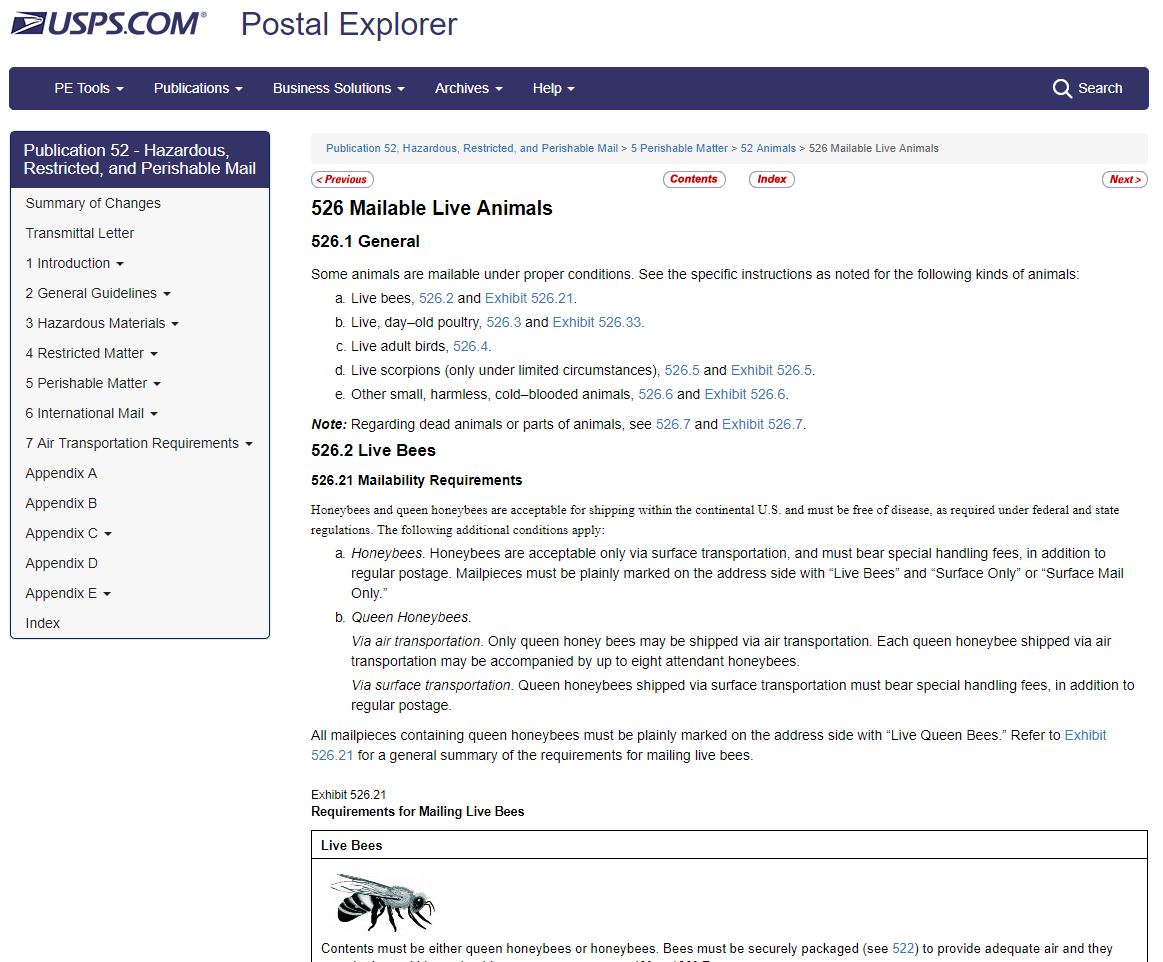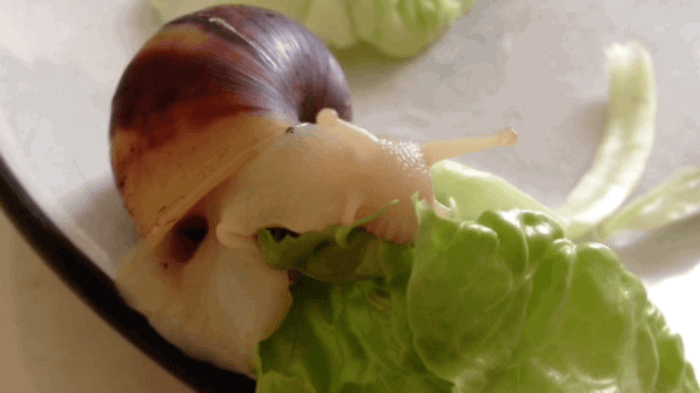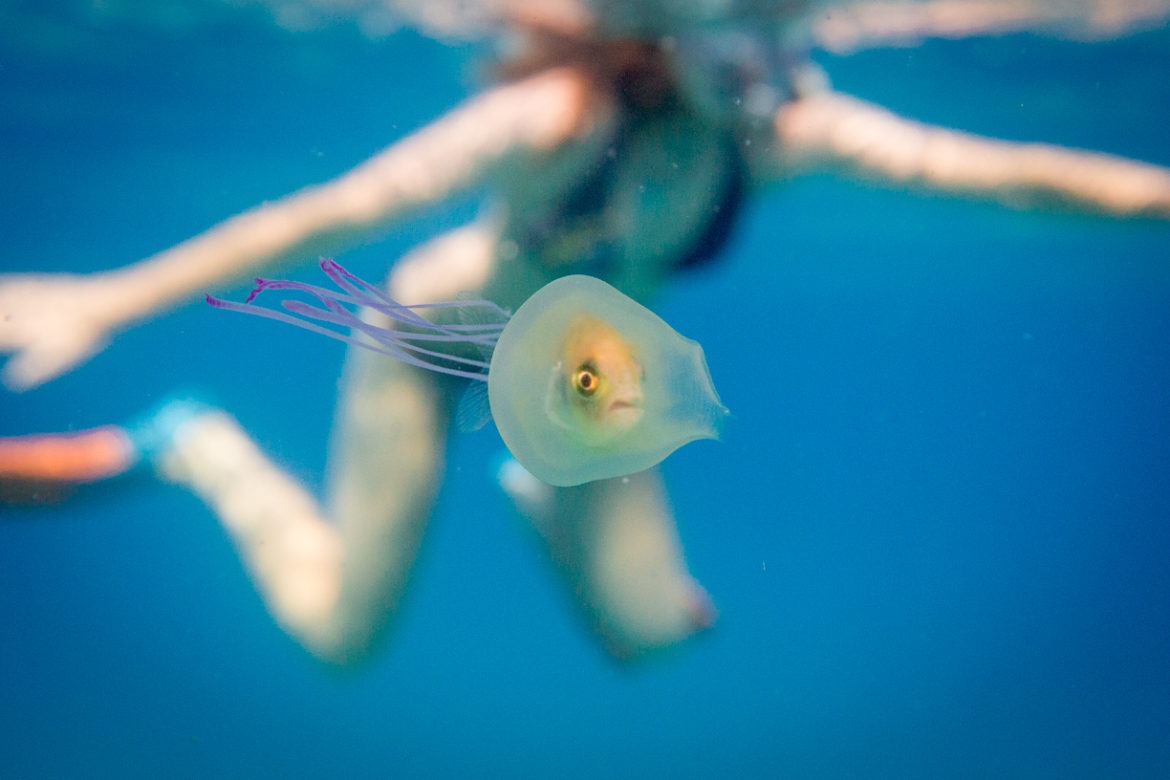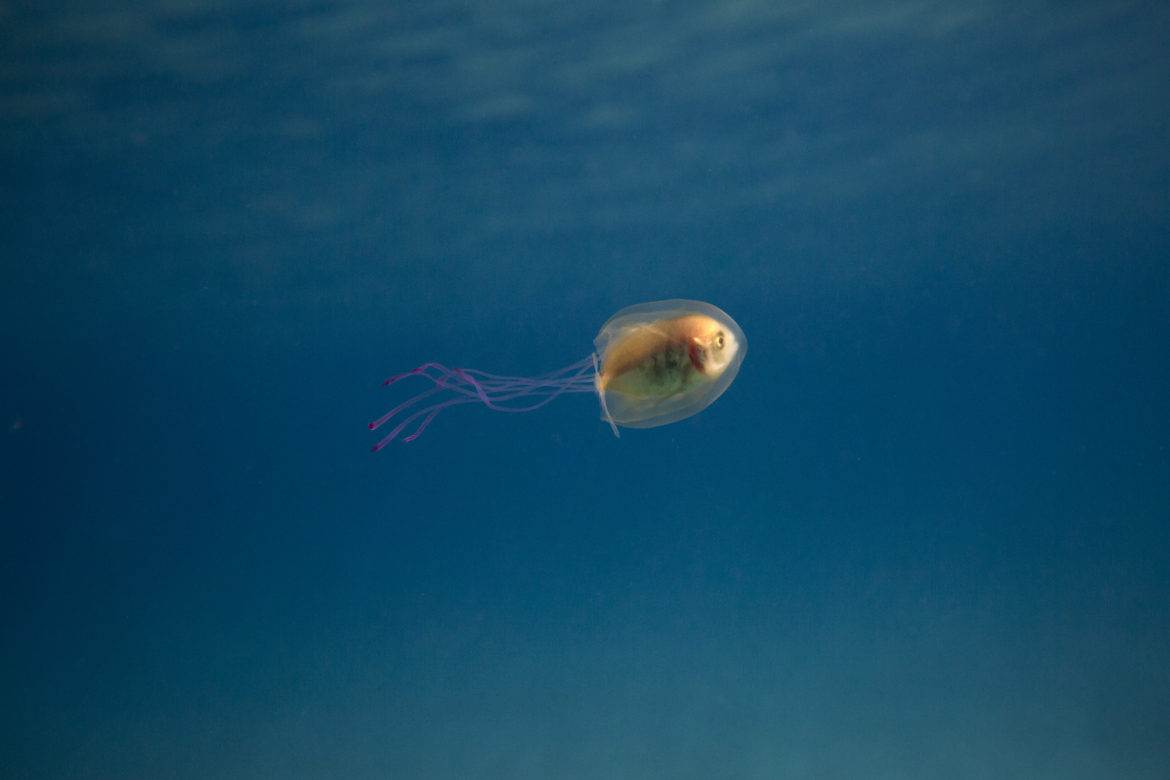USPS Allowed Mailable Live Animals
While pursuing Hackernews, I stumbled across a particularly interesting section of “Publication 52 – Hazardous, Restricted, and Perishable Mail” of the United States Postal Service’s Domestic Mail Manual which discusses the legality of mailing live animals. The document can basically be distilled down to this:
Mailable Live Animals
- General
- Some animals are mailable under proper conditions. See the specific instructions as noted for the following kinds of animals:
- Live bees
- Honeybees and queen honeybees are acceptable for shipping within the continental U.S. and must be free of disease, as required under federal and state regulations.
- Live, day–old poultry
- The following live, day–old animals are acceptable for mailing when properly packaged:
- Chickens
- Ducks
- Emus
- Geese
- Guinea birds
- Partridges
- Pheasants (only during April through August)
- Quail
- Turkeys
All other types of live, day–old poultry are nonmailable.
- Live adult birds
- Disease-free adult birds may be mailed domestically when shipped under all applicable governmental laws and regulations
- Live scorpions (only under limited circumstances)
- Scorpions are mailable only when sent for the purposes of medical research use or the manufacture of antivenom. Scorpions are nonmailable under any other circumstances.
- Other small, harmless, cold–blooded animals
- Small, harmless, cold–blooded animals, except for snakes, turtles, and turtle eggs, are mailable only when they meet certain requirements.
Nonmailable Live Animals
- Live Birds
- Day-old poultry vaccinated with Newcastle disease (live virus) is nonmailable. Day-old birds, except those specifically permitted, are nonmailable
- Live, Warm–Blooded Animals
- Warm-blooded animals, except for adult birds and specified day-old birds under specific conditions, are not mailable. This includes: cats, dogs, guinea pigs, hamsters, mice, rabbits, rats and squirrels.
- Reptiles/dt>
- All snakes, turtles, and poisonous reptiles are nonmailable.
- Poisonous Insects and Spiders
- All poisonous insects and all spiders, except scorpions under limited circumstances, are nonmailable. Other nonpoisonous and non-disease-conveying insects are permitted.





